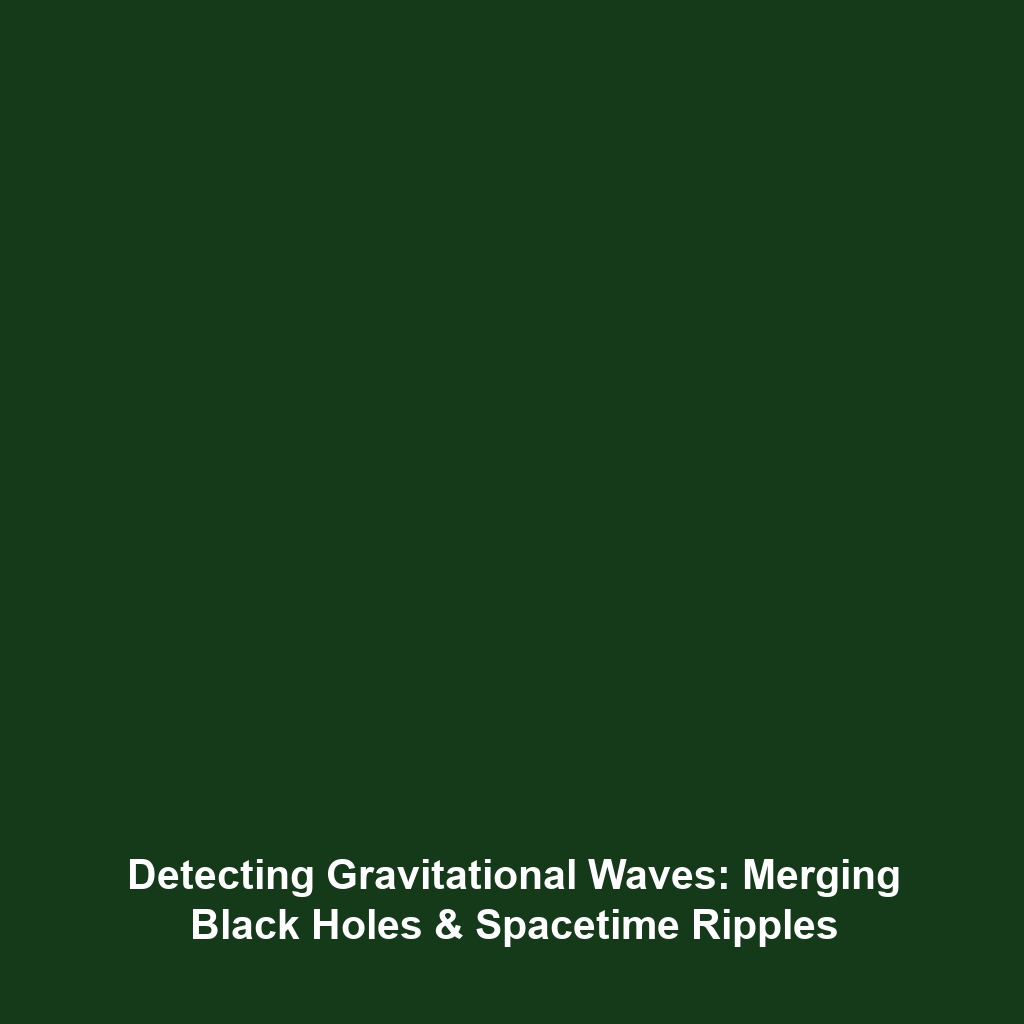What Are Ice Cores? Insights into Climate History
Ice cores are cylindrical samples of ice drilled from glaciers and ice sheets that contain trapped air bubbles, providing invaluable data about the Earth’s past atmospheric composition. This remarkable natural archive plays a crucial role in understanding climate history, offering insights into environmental changes over millennia. As scientists analyze these ice cores, they uncover evidence of ancient climates, greenhouse gas concentrations, and other critical factors that influence global temperatures. Understanding ice cores is essential for interpreting climate history and aiding future climate predictions.
Key Concepts of Ice Cores
Ice cores are significant not only as physical specimens but also in their ability to reveal data about the Earth’s climate history. Below are the major concepts related to ice cores:
- Drilling Techniques: Ice cores are extracted using specialized drilling equipment that minimizes contamination, ensuring the integrity of the air bubbles trapped within the ice. This process is vital for accurate scientific analysis.
- Atmospheric Composition: The air bubbles found in ice cores capture samples of the atmosphere at the time of their formation. By analyzing the composition of these bubbles, scientists can determine past levels of greenhouse gases such as carbon dioxide and methane.
- Dating Ice Layers: Each layer of the ice core corresponds to a specific year, allowing researchers to establish a timeline of climate events. This chronological framework is crucial for understanding climate cycles and trends.
Applications and Real-World Uses
The study of ice cores has significant practical applications in the field of climate science. Here are some key ways ice cores are used in understanding climate history:
- Reconstructing Past Climates: Ice cores allow scientists to recreate historical climate conditions, providing context for current climate changes and helping predict future trends.
- Understanding Natural Climate Variability: By assessing long-term data from ice cores, researchers can distinguish between natural climate variations and anthropogenic influences, crucial for effective climate policy-making.
- Informing Climate Models: Data derived from ice cores enhances the accuracy of climate models, which are essential tools for forecasting future climate scenarios.
Current Challenges in Ice Core Research
Studying ice cores is not without its challenges and limitations. Key issues include:
- Environmental Impact: Climate change is threatening the stability of glaciers and ice sheets, making it difficult to obtain new core samples.
- Resource Intensive: Drilling and extracting ice cores require substantial financial and logistical resources, which can limit research capacity.
- Interpreting Complex Data: The data retrieved can be complex to analyze, often requiring advanced technology and expertise to draw significant conclusions.
Future Research and Innovations
Looking ahead, advancements in technology and research methodologies promise to enhance our understanding of ice cores and their implications for climate history. Potential innovations include:
- Enhanced Analytical Techniques: Developments in isotopic analysis and remote sensing could provide more detailed insights into the composition of ancient atmospheres.
- Artificial Intelligence: AI-driven data analysis tools could streamline the examination of vast datasets, improving the accuracy of climatic reconstructions.
- Collaboration Across Disciplines: Interdisciplinary research efforts may yield new perspectives on the interactions between climate, ecology, and human activity.
Conclusion
In summary, ice cores are a vital resource for understanding climate history, providing essential information on past atmospheric composition and climate conditions. The comprehensive analysis of ice cores enables scientists to better grasp the complexities of climate dynamics and the factors that drive change. As we continue to face significant climate challenges, ongoing research and technological advancements in ice core studies will remain critical. For more insights into climate history, explore our related articles on greenhouse gases and climate modeling techniques.









